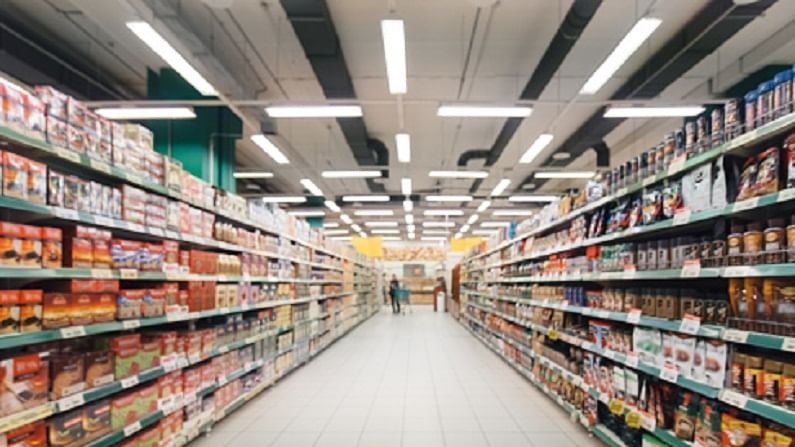Rural consumption remains strong in Q1FY22
Nine economic indicators suggest that consumption in rural areas grew in Q1FY22 by 6.6%.

The second wave of the Covid-19 ravaged the economic activities and income of people across the country both in urban and rural areas. As the number of cases surged there was fear that the demand would dwindle. But things were not as bad as they were anticipated to be and no massive dent was caused in the demand in rural areas.
As per an analysis by Motilal Oswal Financial Services, in the April-June quarter, consumption in rural areas was moderate when the second wave was at its peak. However, the demand was still strong as compared to pre-pandemic levels and the consumption in urban areas spiked during that period.
Consumption comparison between urban and rural India
Nine economic indicators suggest that consumption in rural areas grew in Q1FY22 by 6.6% as compared to 16.4% Q1FY21. The average growth of rural consumption for the June quarters of the past seven financial years prior to the pandemic was 3.7%. The indicators studied here were rural fiscal spending, real agricultural wages, real non-agricultural wages, agriculture exports, Index of Industrial Production (IIP) for food products, agriculture credit, farmer terms of trade, reservoir levels and fertilizer sales.
The pandemic which started in FY21 had decelerated rural consumption growth to a minuscule 2% during the year as per the data. Analysts at Motilal Oswal said that it was caused by indicators like a drop in IIP-food products, negligible railway passenger traffic, weak fertilizer sales, lower gross value added from the agriculture sector and a second consecutive contraction in two-wheeler sales.
While there was continued growth in rural consumption despite the reverses of Covid-19, Kharif sowing and the progress of the southwest monsoon were weak this year as compared to the previous one. Analysts have also said that in Q1FY22, the rural spending by the government has also gone down and the terms of trade of farmers look exceptionally unfavourable this year.
Analysis of seven economic indicators shows that urban consumption in Q1FY22 grew by 27% from the same period in the previous year and it was primarily due to the low base in the previous year when it had contracted by 18%. The seven indicators that were at play here are non-farm consumer imports, real house prices, petrol consumption, IIP consumer durable goods, Consumer Price Index (CPI) non-food inflation, personal credit and employee cost of BSE500 companies.
Download Money9 App for the latest updates on Personal Finance.
Related
- सरकार ने GST दरों में कमी के बाद पैकेजिंग नियमों को आसान बनाया
- GST दर सुधार पर परिषद की बैठक शुरू, तेदेपा का समर्थन, विपक्षी दलों ने राजस्व संरक्षण की मांग की
- एससीओ शिखर सम्मेलन में विकास बैंक की स्थापना को मंजूरी: चीनी विदेश मंत्री
- फिच रेटिंग्स ने भारत की साख को स्थिर परिदृश्य के साथ ‘बीबीबी’ पर रखा बरकरार
- कृषि, ग्रामीण श्रमिकों के लिए खुदरा मुद्रास्फीति जुलाई में घटकर 0.77 प्रतिशत एवं 1.01 प्रतिशत
- मंत्रिसमूह ने केंद्र के दो GST स्लैब के प्रस्ताव को स्वीकार किया

